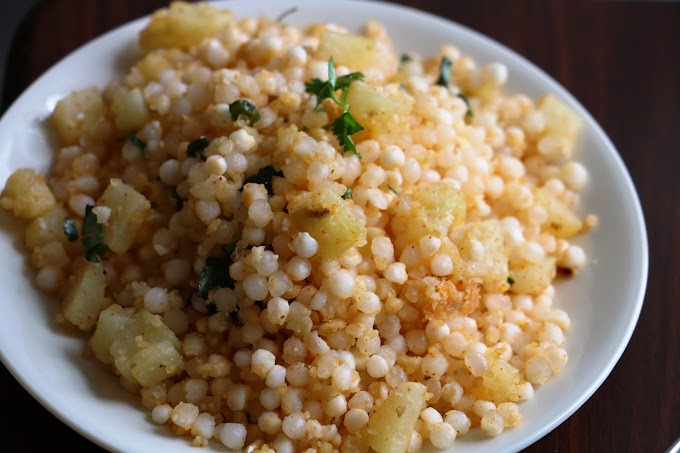Unfortunately, the weather was not on our side and it rained with impunity for three whole days. However, Varanasi remains happily oblivious to the passage of time and remains intact even being one of the most important tourist destinations in India. Benares is still moving and its sky is still rarefied by the ashes resulting from the outdoor cremations on the banks of the Ganges.
Thousands of people bathe and drink from its holy water. Today I look at religious faith in a different way, with more humility, but without falling into ignorance. In this way, I can understand the refuge (and the need) that people find by believing with devotion in something to overcome the difficulties of our ephemeral passage through this world.
I decided to continue respecting the will of the locals and my principles of not taking photographs of them. These are principles that do not seem to be shared by many photographers today. Benares is not limited to seeing bodies being charred on a pile of firewood. It also offers a vision to everyday life, in this city that is stubborn not to be overcome by the passage of time.
Shivaratri is a spectacular religious event that brings pilgrims from all over India to celebrate the great night of Shiva. For two full days, the processions fill the streets of the city. The day has dawned cloudy and people are nervous. This night begins Shivaratri, the night of the new moon. It is the most important night of the year for the followers of Shiva. The 300 families of Brahmins who live in the village offer Pujas (prayers) these days.
The others, those who were not born in India, prepare for an intense and long night. My roommate has also made a bid with incense, oil, bananas, pineapple, flowers, fire to ask for a good day. The streets are not stopping. The floats are ready to be thrown uphill. There are police, sadhus, tourists, and many priests. The ghats are full of people taking sacred baths. And some say it's going to rain.

During the night, the long pilgrimage of 75 km walking begins in the ghats. People of all ages start the long march in a state of euphoria. Dancing, screaming, celebrating. During the next day, they continue to block all the central arteries. People sing incessantly, raise their hands, stop to dance, and queue to visit the sacred temples.
Today is the last day of Shivaratri, and I look silly because I cannot stop laughing. And this is not for a minute! Under the people and next to the sacred source, in the temple, the music is at its best. Sadhu blesses the source and surroundings with water and tika while I wait. The music goes on. Later six or seven Sadhus meditate looking towards the sun. The heat increases and we search for a shadow in the narrow streets. The people are nervous. Cows roam as always. There is a sea of people.
The floats, especially the large ones, are ready to be thrown uphill. They are full of flowers. The drums are heard. We order a chai in the shade to take some rest. There are many people, and many types of people. The priests give blessings. They throw leaves on the ground. A guy with ripe bananas comes to sell them to us.
We see a barefoot German, an Indian woman with her daughters dressed in colors, a Turk with white dreadlocks in his beard. We see the police with the truncheon, the priest with shaved hair, shirtless and without shoes. Then there is the blonde with the exposed neckline and the guys that stare at her.
There are more drums and trumpets! The float starts to move. The bombing of bananas begins. Everyone throws them against the chariot. The hippies look from the balconies. There is sweat, screams, effort, drums, and jumps. The float approaches and the people shake. The giant wheels move and the bananas bounce off the heads. There is an avalanche of people, stomping one another. And there are the drums and the sweat. There are the tika and the screams and the bananas. There are the colored dresses and the hair on end and the sun on the face.
After the euphoria of Shivaratri, the city returns to normal. It is time to get lost in the alleys of the old town, far from the popular ghats, where one meets the Benares of everyday life. The shops open again. The street barbers mount their posts on the sides of the streets and work without stopping.
And no matter what time of the year we are, the monkeys continue to reign on the terraces of Benares. A gang of them surrounded me to steal the bananas that I was eating so happily while watching the moon come out on the Ganges.








